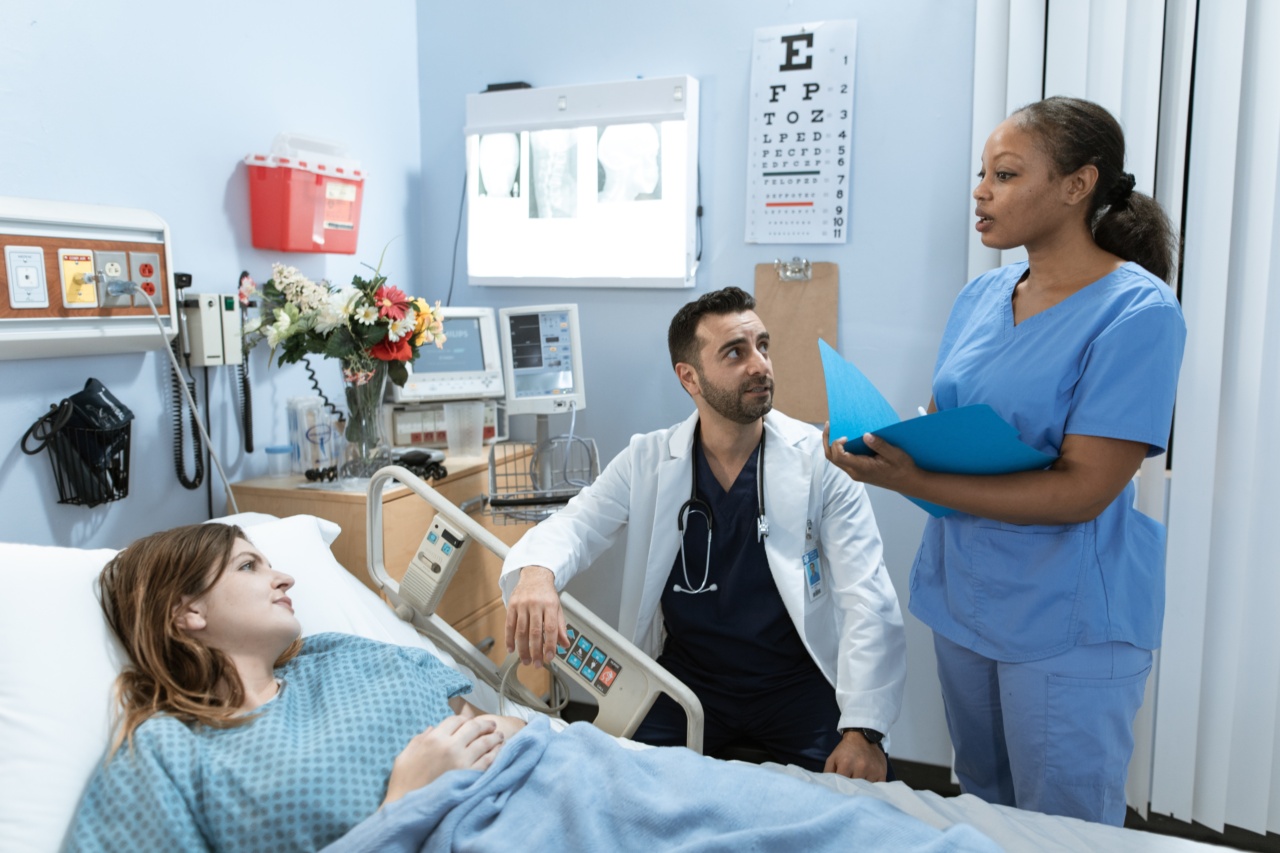Kyphosis and scoliosis are spinal disorders that can cause discomfort, pain, and even difficulty breathing. These conditions can occur at any age, but they are more common in children and teens.
What is Kyphosis?
Kyphosis is a spinal disorder that results in a rounded back or hunchback appearance. There are different types of kyphosis, including postural kyphosis and structural kyphosis.
Postural kyphosis is caused by poor posture and can be corrected through exercise and physical therapy. Structural kyphosis, on the other hand, is caused by abnormal spinal growth or degeneration and may require medical treatment.
What is Scoliosis?
Scoliosis is a condition in which the spine curves sideways. It can occur at any time in life, but it typically develops during growth spurts in childhood and adolescence.
Scoliosis can lead to a variety of symptoms, including back pain, fatigue, and difficulty breathing. In severe cases, scoliosis can cause problems with the heart, lungs, and other organs.
How are Kyphosis and Scoliosis Diagnosed?
To diagnose kyphosis or scoliosis, a doctor will perform a physical exam and take X-rays of the spine. The X-rays will show the severity and location of the spinal curvature.
If the curvature is severe, a doctor may order additional tests, such as an MRI or CT scan, to further evaluate the spine and organs.
Treatment Options for Kyphosis and Scoliosis
The treatment options for kyphosis and scoliosis depend on the severity and location of the spinal curvature. Mild cases of kyphosis and scoliosis may not require treatment.
However, if the curvature is moderate to severe, treatment may be necessary. Treatment options include:.
1. Bracing
Bracing may be recommended for children and teens with moderate to severe scoliosis. The brace is designed to straighten the spine and prevent further curvature. It must be worn for 23 hours a day, and the treatment may last for several years.
2. Surgery
Surgery may be recommended for severe cases of kyphosis and scoliosis that do not respond to other treatments. The surgery involves straightening the spine and fusing the vertebrae together using metal rods and screws.
3. Physical Therapy
Physical therapy can help improve posture, strengthen the back muscles, and reduce pain. This treatment option may be used in conjunction with bracing or surgery.
4. Pain Management
In some cases, medication or other pain management techniques may be used to control pain associated with kyphosis or scoliosis.
Prevention of Kyphosis and Scoliosis
There are several ways to prevent kyphosis and scoliosis, including:.
- Practicing good posture
- Exercising regularly
- Strengthening the core muscles
- Using ergonomic furniture and equipment
Conclusion
Kyphosis and scoliosis are spinal disorders that require medical attention if the curvature is moderate to severe. Treatment options include bracing, surgery, physical therapy, and pain management.
By practicing good posture, exercising regularly, and strengthening core muscles, you can help prevent the development of these conditions.





























